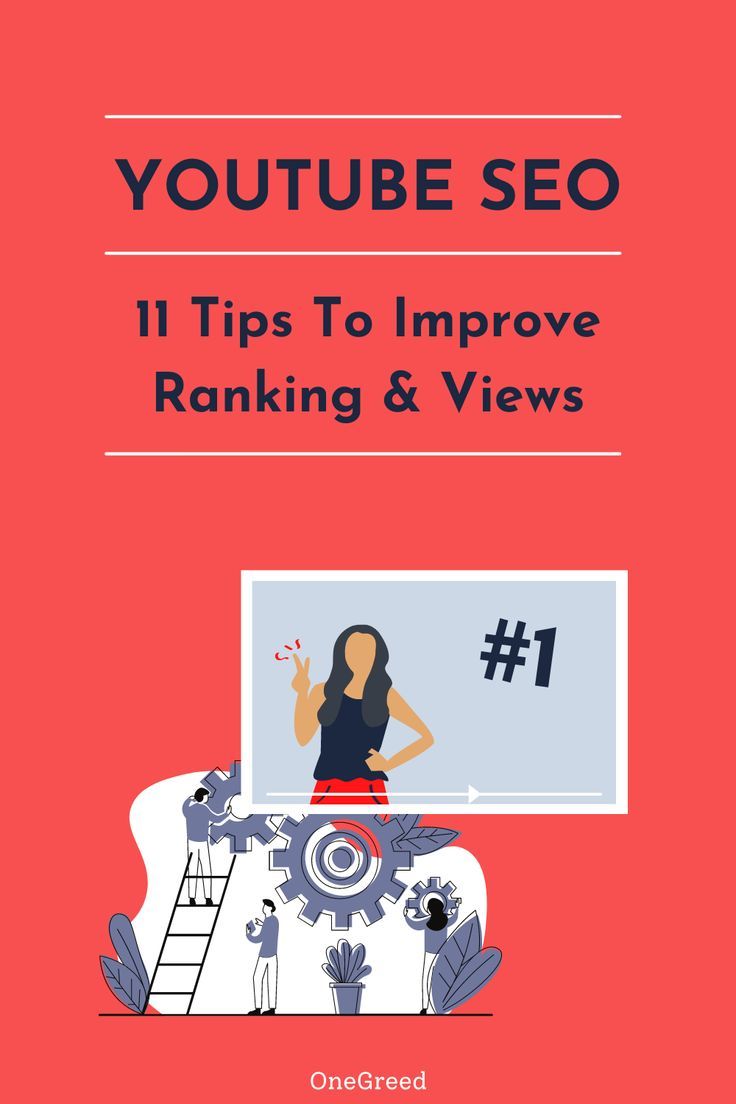
You can optimize your site for mobile devices by using the same SEO strategies you use for desktop computers. SEO is as simple as adding the most relevant keywords and titles to your meta description. You should also include a brief call-to action (CTA), in your meta descriptions to encourage clicks. Use emojis and relevant keywords in the content of your site to grab the attention of your users.
User-friendly content
You will need to take a few additional steps in order to optimize your site for mobile users. It is important to ensure your website is mobile-friendly. You should not allow crawl errors to occur on your website. Instead, you should focus on the user experience. Adobe Flash should be removed from your site as many mobile devices don't support it. Clear and simple navigation is important, so make sure you have large tap targets. Use a large font and make sure you can read your text. Your content should also be optimized for mobile users, as their search intent is different than those of desktop users.
Page speed
A mobile experience is very different from a desktop. Users will seek out information that is immediately available, so a slow website can lead to a bounce. Mobile speed optimization is crucial. Google PageSpeed Insights allows you to test your page's speed on different devices. A mobile-friendly website will be easier to load for mobile users, and will have higher conversion rates.

Canonical tags
Canonical tags make duplicate content even worse. This is one of their most common errors. The target URL of the redirect should not be identical or duplicate content. Some SEOs incorrectly pass link signals through canonical tag, which is not the best method. Find out how canonical Tags are used in mobile SEO strategies.
Relevant keywords
Local keywords are an essential part of any SEO strategy if you have a mobile site. Local keywords can improve your website's ranking in local search engines. They are easily found via keyword research tools like Keyword Intelligence. Select your location and choose the language to get a list with relevant keywords. Local search volume varies by location so ensure you target the keywords that are most relevant to your location.
Featured Snippets on Google SERPs
Featured snippets (also known as search engine result pages or SERPs) are the content that appears at top of search engine results page (SERPs). These snippets provide answers to users' most pressing questions. These snippets are often sourced from high-ranking websites, which makes them great for reducing clicks. A featured snippet will help you jumpstart your website's search engine optimization efforts.

FAQ
How can I get started with SEO for my site?
It is important to understand the needs of people searching for your company or products through search engines like Google. This will help you get a Google ranking. This guide will show you how to create content that is highly ranked by Google. You should also check out our other guides on content marketing.
First, create a plan. Next, consider the type of keywords that you wish to target. There are two types if keywords: broad keywords like "digital market" and specific keywords like "seo".
The next step is to determine your goals, which could be increasing brand awareness, driving leads or sales.
Once you have established your goals, you can start writing content. You can find some helpful tips here on writing content for SEO.
After your content is written, you can publish it to your blog. If you already have a website, updating the pages might be necessary. If not, you need to hire web designers who can help you build one.
After you publish your content, link back to it on relevant blogs and websites. This will increase your content's visibility and allow it to be seen more widely.
What is Onpage SEO?
On-page search engine optimization is what you do on your website to make it rank higher in search engines. Things such as site architecture, page titles, meta tags, and image alt text are all part of on-page SEO. Off-page SEO refers to activities outside your website that will improve its ranking. These include backlinks, social media shares, press releases, and more.
What are some of the best tools to do on-page search engine optimization?
The best tools for on-page SEO are video embeds, image alt tags, structured data markup, and internal link structure. You can learn more about these types of issues in this article.
Statistics
- Deleting those 10k pages is one of the main reasons that he improved his site's organic traffic by nearly 90%: (backlinko.com)
- If two people in 10 clicks go to your site as a result, that is a 20% CTR. (semrush.com)
- Sean isn't alone… Blogger James Pearson recently axed hundreds of blog posts from his site… and his organic traffic increased by 30%: (backlinko.com)
- 64% of marketers actively create SEO campaigns because they help hit multiple key performance indicators (KPIs), including increasing traffic, helping your site rank for relevant keywords, improving your conversion rate, and much more. (semrush.com)
- And 90%+ of these backlinks cite a specific stat from my post: (backlinko.com)
External Links
How To
How to make a successful SEO campaign
Creative writing is a skill that requires you to be able to distinguish yourself from others.
You will find that many writers are very alike. They often follow the same patterns in writing. They repeat the same patterns and fall back upon cliches.
The trick is to break out of those patterns and develop fresh ideas. Thinking outside the box is key.
This also means that you need to find ways to make your writing interesting. You must think about what motivates your audience when writing for them. What makes them happy? What makes them laugh? What makes them smile?
What is it that excites them? What scares?
When you sit down to create, think about these questions. Ask yourself why anyone would be interested in what you have to say. Why would anyone read your words?
Once that is done, you are ready to begin writing your story.
Start with your hook. Your opening line should be a key part of your message. It is the first impression readers get. You should choose carefully.
Next, determine whether your piece is informational or persuasive. Informational pieces explain facts. Persuasive pieces convince readers to agree with you.
Final, choose whether you want to tell stories or show examples. Stories are fascinating. Exemples are an example of how something works.